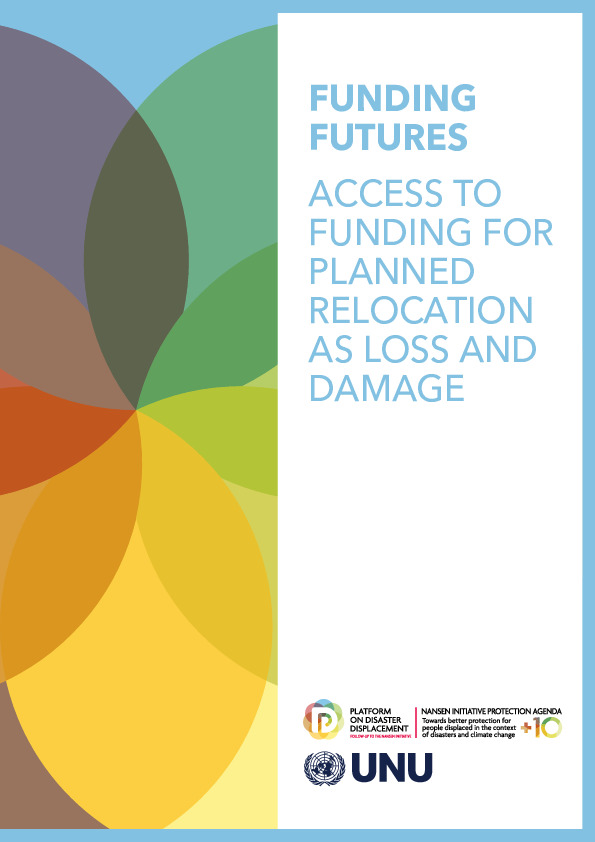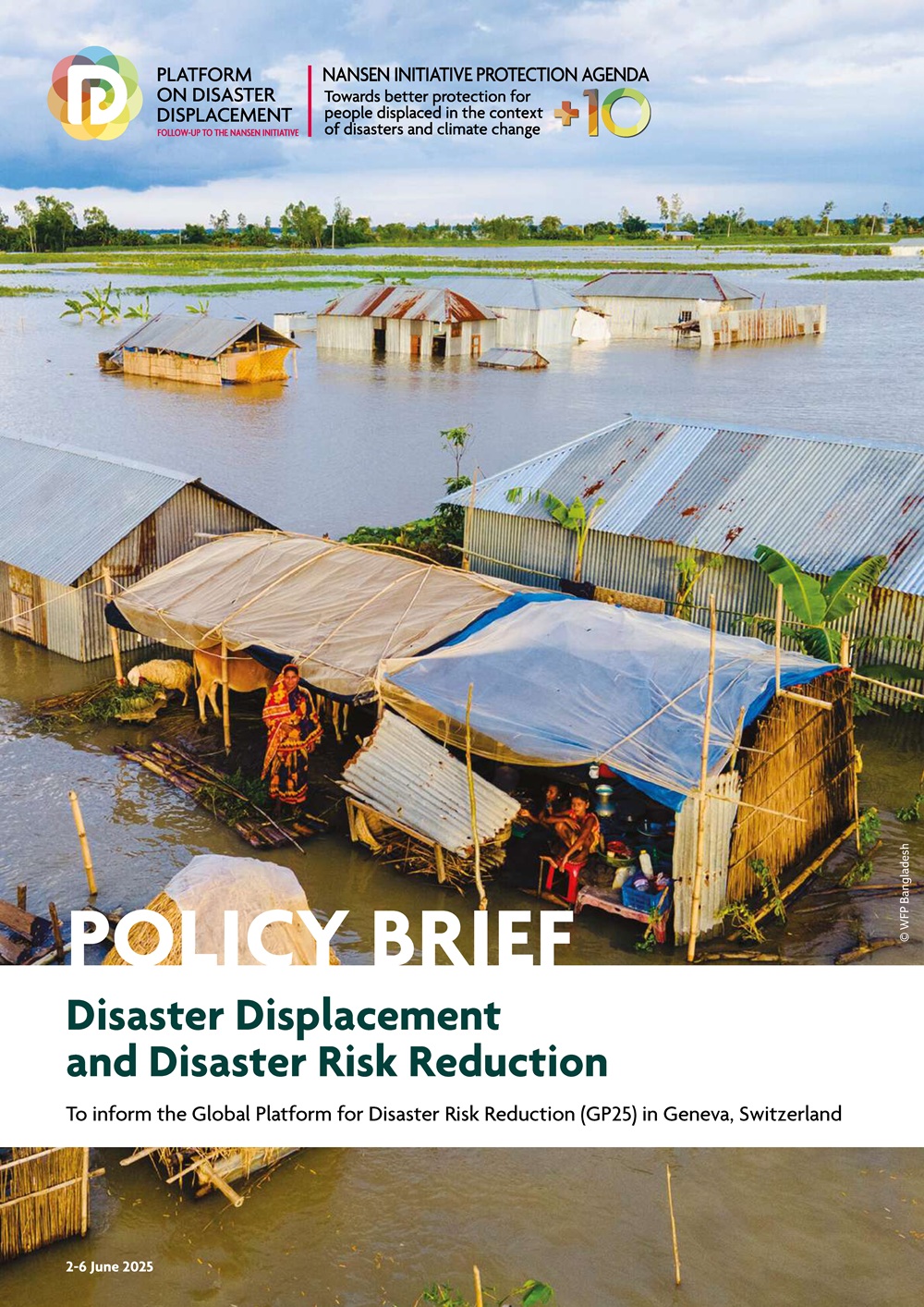Accomodating Migration in Climate Change Adaptation: A GBM Delta Bangladesh Perspective
This book attempts to understand the link between migration and climate change in Ganga-Brahmaputra-Meghna (GBM) delta of Bangladesh. It aims to empirically study to what extent climate change is inducing migration in the country. More explicitly it tries to understand if the influence of climate change on migration decision of individual households or communities can be differentiated from other types of influences that drive migration. The other equally important aim of this book is to explore if livelihood migration of one or a few members have the potential to increase the adaptive capacity of the affected households.
Bangladesh is a deltaic country of South Asia which is in the forefront of the list of countries that are adversely affected by climate change. During the initial years of independence, Bangladesh was referred to as a ‘test case’ of development. Over the years through the hard work of its people, Bangladesh has experienced significant economic and social progress. By 2015 it has achieved lower-middle income country status (World Bank, 2015). The 7th Five Year Plan of Bangladesh targets to ensure the transition of the country to a high-middle income country by 2021. However, Global climate change can compromise Bangladesh’s hard earned economic and social gains.
Sea level rise, flood, drought, cyclone, storm surge, saline intrusion in coastal farmlands, water logging, river and coastal erosion are some of the major environmental challenges that Bangladesh face due to global climate change. Considering the climatic characteristics of the country the assessment report of the International Strategy for Disaster Risk Reduction placed Bangladesh first with regard to vulnerability to floods; third with respect to Tsunami; and sixth with respect to cyclone in the list of the countries vulnerable to natural disasters (Ali, 2010).
Over the years the successive governments of Bangladesh have undertaken a series of sectoral policy, action plans and programmes to reduce vulnerabilities to climate change. Important, among them, are National Conservation Strategy (NCS), National Environment Action Plan (NEMAP), National Adaptation Programme of Action (2005), the Bangladesh Climate Change Strategy and Action Plan (BCCSAP, 2009) and National Disaster Management Policy (2015). Although these policies and programmes are important interventions in respect to reducing risks of climate change, these documents have hardly analysed link between climate change and migration. More importantly mainstream policies treated migration as a threat. It is only recently that studies are being conducted which attempts to understand the extent of climate change related migration and its impact on the national economy. Still there remains a large gap in knowledge on this area. This book aims to fill this gap.
The policymakers of Bangladesh are interested to know what would be the extent of climate induced migration. It is a major challenge to migration researchers to counter the popular notion that conceives migration as the sole outcome of climate change. It is well established in migration research that migration is multi-causal (Castles and Miller, 1998; Foresight, 2011). Therefore how is it possible to differentiate migration induced by climate change from migration induced through a combination of other variables such as social, economic, political or demographic forces; presence and/or absence of network; as well as the characteristics of individuals and their households? Another puzzle related to this is given similar climatic stresses why do some people move and some others do not? Are there any barriers to migration of those who are affected by climate change? It is also pertinent to know whether all types of migration flows could be equally affected by climate change or some flows have more direct correlation compared to others.
The second objective of the research is to understand whether migration can be used as an adaptation tool in the context of climate change which has unveiled new set of questions. Do all types of migration contribute to adaptation or some of them create conditions of mal-adaptation? Do demographic or economic characteristics of the households play any role in determining whether migration will increase the adaptive capacity or not? Does migration of a few members of the households ensure better adaptation of the family in origin at the cost of human insecurity of those who migrate? In other words, do migrants compromise their subjective wellbeing to attain certain material wellbeing for their families? Does adaptation outcome vary on the basis of gender?




